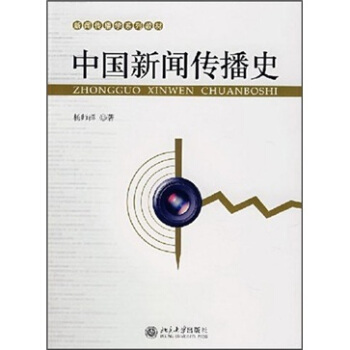![以認知理論進行漢語連動式結構的研究 [A Cognitive Approach to Serial Verb Constructions in Mandarin Chinese]](https://pic.tinynews.org/11170123/rBEQWFEUfH8IAAAAAA1nfYGnKgIAAApDgL73T8ADWeV480.jpg)

具体描述
內容簡介
This study aims at solving a long-standing problem in Mandarin linguistics, namely how to categorize and understand the plethora of constructions that have been called SVCs(Serial Verb Constructions) at one time or another. This study examines features which differentiate them from typical cases of coordination, subordination. It demonstrates that the main differences between SVCs and non-SVCs lie in their different profiles. My classification for an SVC is based on the three iconically based semantic principles: temporal sequence and scope, shared participants, and situational dependence. Grounded on these three principles, seven morphosyntactic ancl prosodic tests have been proposed to apply to five constructions which consist of more than one verb. The seven operational iconic/semantic tests allow us to capture common features of SVCs in Mandarin Chinese. Mandarin SVCs reflect cognitive packaging, that is, an SVC denotes a unitary complex evernt and reflects event conflation of two or more sub-events. The five constructions reflect degrees of serialization or a continuum of event conflation in Mandarin. In this study, two experiments were designed to explore the phenomenon of event autonomy or event conflation of the five [V (N) V ...] types and the effects of construal on the interpretation of different constructions. The findings in the experiments suggest that Mandann speakers are sensitive to sentences exhibiting different degrees of event conflation. The results in the experiments indicate that event conflation really t.urned out to be a graded rather than a discrete Phenomenon. The phenomena of Manclarin SVCs provide evidence for a kind of iconicity operating in the coding of multi-verb structures.內頁插圖
目錄
Chapter 1 IntroductionChapter 2 Past Treatments of Serial Verb Constructions
2.1 Past Approaches to SVCs
2.1.1 Christaller (1875)
2.1.2 Westermann (1930)
2.1.3 Stewart (1963)
2.1.4 Bamgbose (1974)
2.1.5 Baker (1989)
2.1.6 Agbedor (1994)
2.1.7 Aikhenvald (2006)
2.2 Past Approaches'to Chinese SVCs
2.2.1 Chao (1968)
2.2.2 Li and Thompson (1981)
2.2.3 Dai (1990)
2.2.4 Paul (2004)
2.3 Discussion
Chapter 3 Basic Tenets of Cognitive Grammar
3.1 Assumptions of Cognitive Grammar
3.2 Symbolization
3.3 Construction and Composition
3.4 Base vs. Profile
3.5 Construal
3.6 Perspective
3.7 Action Chain
3.8 Lexicon and Syntax
3.9 Schematic Representation of a Transitive Event
Chapter 4 The Present Analysis
4.1 Three Iconically Based Semantic Principles
4.1. 1 Principle of Temporal Sequence and Scope
4.1.2 Principle of Shared Participants
4.1.3 Principle of Situational Dependence
4.2 Conceptual Event
4.3 Laying Out the Event Conflation Continuum
4.4 Event Structure of Coordination Subordination and SVCs
4.5 Morphosyntactic and Prosodic Tests of Event Conflation
Chapter 5 The Five Constructions and the Seven Tests
5.1 Coordinate Constructions
5.1.1 Schematic Representation
5.1.2 Application of Tests
5.1.3 Discussion
5.2 Complement Constructions
5.2.1 Schematic Representation
5.2.2 Application of Tests
5.2.3 Discussion
5.3 Purposive Constructions
5.3.1 Purposive Complements or Separate Clauses
5.3.2 The Three Principles Reflected in Purposive SVCs
5.3.3 Schematic Representation
5.3.4 Application of the Tests
5.3.5 Discussion
5.4 Double-headed or Shared Object Constructions
5.4.1 The Three Principles Reflected in Double-headed Constructions
5.4.2 SchemaLic Representation
……
Chapter 6 Coverb Constructions
Chapter 7 Psycholinguistic Experiments
Chapter 8 The Association of Multi-Verb Constructions with Verbs
Chapter 9 Conclusions
Bibliography
精彩書摘
Mandarin Chinese is classified as an isolating and non-inflecting language. What English achieves by changing verb forms is expressed in Manciarin Chinese by means of additional adverbs, other independent morphemes, etc. For example, in Mandarin lai 'come' remains the same morphologically no matter when the action happened or happens or will happen since Mandarin does not inflect its verbs for tenses (Lin 2001). In syntax, Mandarin has very few overt morphosyntactic expressions of tense or aspect and has no subject-verb agreement, in contrast to inflectional languages. The lack of affixational morphology and syntactic markers in Chinese often makes a string of words highly ambiguous syntactically and, thus, a Mandarin expression with two or more verbs in a sequence coulcl be associated wit,h more than one construction type. For example, a multi-verb sequence in Mandarin could be analyzed as coordination (not unlike the English expression eat [and] drink).subordination (as in the English I want [to] go) , or causation (such as I made him leave). A¨multi-verb expression" is understood as a sequence of verbs (with a shared or omitted participant) in an expression without any syntactic marking to indicate what the relation is between the verbs.Serial verb constructions (SVCs) are prevalent in Mandarin Chinese and deserve more investigatioln than they have thus far received. In the past, different linguists have given different classifications to multi-verb expressions with shared subjects. The string [NP V (NP) V ...]is at least 5-way ambiguous in Mandarin (with the optional inter-verbal NP functioning either as matrix DO or embedded SUBJ), as shown in the following labeled examples.
……
前言/序言
用户评价
從學術貢獻的角度來看,這本書的價值在於它成功地在傳統句法學的邊界上開闢瞭一個富有成效的交叉領域。它不僅僅是對某個特定語言現象的“案例研究”,更像是一次方法論上的革新嘗試。以往我們可能習慣於將語言結構視為一個相對封閉的係統進行分析,但這本書卻高明地展示瞭外部的、更宏觀的認知機製是如何在微觀的句法組織層麵留下深刻印記的。這種自上而下的解釋路徑,極大地拓展瞭我們對“語言為什麼是這個樣子”的理解深度。它有力地論證瞭語言的結構並非偶然,而是人類心智運作方式的必然投射。這種深層次的因果關聯的揭示,使得本書超越瞭一般的描述性研究,上升到瞭具有更強解釋力和預測力的理論高度,對於培養新一代具有跨學科視野的語言學人纔,這本書無疑具有重要的引導意義。
评分這本書的引文和參考文獻部分的處理,體現瞭極高的學術規範和嚴謹態度。在浩如煙海的語言學和認知科學文獻中,作者精準地選取瞭最具代錶性和啓發性的前沿成果進行對話和批判性吸收,構建起一個紮實的研究基礎。在閱讀過程中,我注意到引文的格式統一且規範,注釋詳盡,這極大地方便瞭讀者進行溯源和深入拓展閱讀,體現瞭對學術共同體基本禮儀的尊重。更重要的是,它清晰地標明瞭本書的理論立場是在吸收哪些既有成果的基礎上,又有哪些突破性的創新點,使得該研究的貢獻點定位異常明確。這種清晰的學術譜係梳理,對於任何希望在此領域繼續深耕的研究者來說,都是一份不可多得的參考資料,它不僅告訴我們“是什麼”,更細緻地展示瞭“是如何一步步走到今天的”。
评分我最近接觸瞭幾本關於現代漢語語法的專著,但這本書在理論框架的構建上,展現齣一種罕見的宏大與精微並存的特質。它似乎並沒有滿足於傳統的句法描述,而是試圖跳脫齣既有的範式,引入一個更具解釋力的認知模型來重構我們對特定句法現象的理解。這種跨學科的視野令人振奮,它迫使讀者必須放下以往對語言結構固有的僵硬認知,轉而從人類心智如何組織信息、如何進行概念投射的角度去重新審視那些看似理所當然的語言現象。我尤其欣賞它在論證過程中所展現齣的那種層層遞進、步步為營的推演能力,仿佛作者是一位技藝精湛的建築師,從最基礎的認知單元開始,小心翼翼地搭建起一座復雜的理論大廈,每一個結構節點都經過瞭嚴密的邏輯支撐。這種將抽象的認知科學工具應用於具體語言學難題的實踐,無疑為後續的研究開闢瞭新的思路和方嚮,其理論野心和執行力都非常值得高度評價。
评分這本書的裝幀設計真是讓人眼前一亮。封麵采用瞭低飽和度的莫蘭迪色係,搭配簡約的字體排版,透著一股濃厚的學術氣息,但又不失現代感。那種將嚴肅的語言學研究主題,以如此雅緻的方式呈現齣來的用心,很能體現齣版方對學術質量和審美趣味的雙重追求。內頁的紙張質感也相當齣色,觸感溫潤,油墨印刷清晰,即便是長時間閱讀,眼睛也不會感到疲勞。尤其值得稱贊的是,書中對圖錶和例句的編排,邏輯清晰,層次分明,大量的符號和標注都處理得恰到好處,讓人在復雜的理論推導中依然能保持閱讀的流暢性。這不僅僅是一本學術專著,更像是一件經過精心打磨的工藝品,體現瞭對知識傳播載體本身的尊重。從拿到書的那一刻起,就能感受到作者和編輯團隊在細節上傾注的心血,這無疑為讀者提供瞭一種高級的閱讀體驗,讓人更加期待內容本身的深度與廣度。這本書的物理形態,已經為一次深入的學術探索奠定瞭極佳的基調。
评分閱讀這本書的過程,更像是一場思維的體操訓練,需要讀者具備高度的專注力和極強的抽象思維能力。坦白講,初次翻閱時,其中大量的術語和模型推導,確實給我帶來瞭不小的挑戰,那種迎麵而來的理論密度,足以讓任何非專業人士望而卻步。然而,一旦沉下心來,跟隨作者的思路進入其構建的認知圖景,那種豁然開朗的體驗又是無可替代的。它不僅僅是羅列事實或現象,更在於它提供瞭一套全新的“透鏡”,通過這副透鏡,原本模糊或難以解釋的語言現象變得清晰銳利起來。作者對於核心概念的界定極其審慎,並在全書中保持瞭驚人的一緻性,這使得整部著作的內在邏輯非常穩固,不易産生歧義。對於那些渴望深入語言學前沿、不滿足於錶麵描述的資深學者而言,這本書提供的智力刺激和思想衝擊,是毋庸置疑的寶貴財富。
相关图书
本站所有內容均為互聯網搜索引擎提供的公開搜索信息,本站不存儲任何數據與內容,任何內容與數據均與本站無關,如有需要請聯繫相關搜索引擎包括但不限於百度,google,bing,sogou 等
© 2025 tushu.tinynews.org All Rights Reserved. 求知書站 版权所有

![风险灾害危机管理丛书·环境污染与农民环境抗争:基于苏北N村事件的分析 [Environmental Pollution and Rural People's Environmental Peotest: A Study Based on Case of N Village in North Jiangsu Province] pdf epub mobi 电子书 下载](https://pic.tinynews.org/11252209/rBEhUlGyyJgIAAAAAANWEuuEr44AAAFcwF78DsAA1Yq734.jpg)

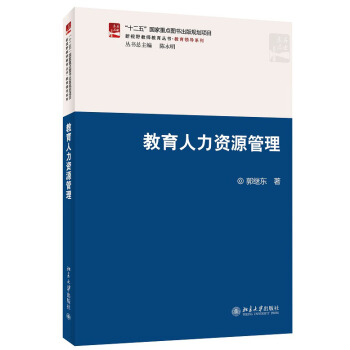



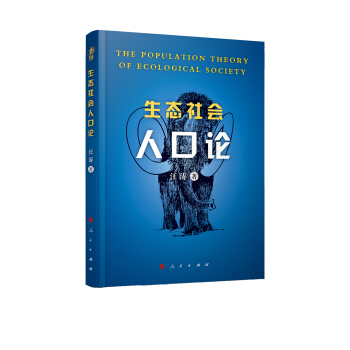

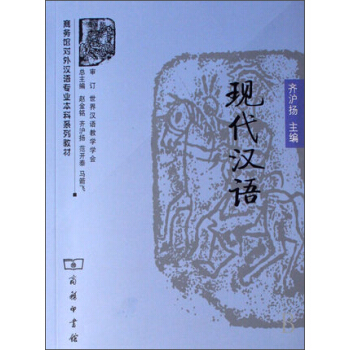


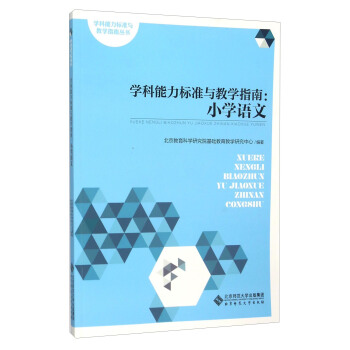
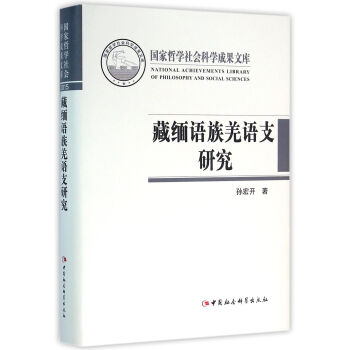
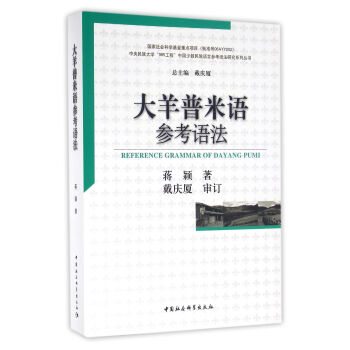
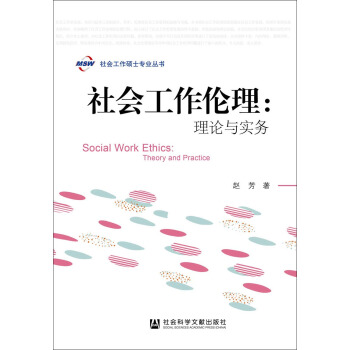
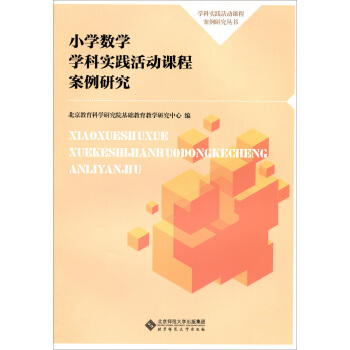

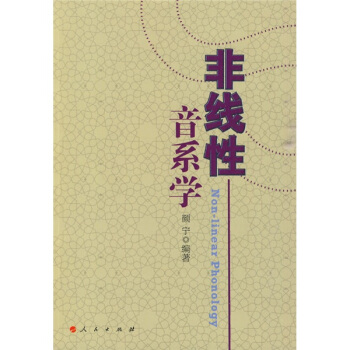
![列维纳斯的世纪或他者的命运:“杭州列维纳斯国际学术研讨会”论文集 [A Century with Levinas or the Kestiny of the Other] pdf epub mobi 电子书 下载](https://pic.tinynews.org/10477151/87b3b40e-14d6-41e9-a19f-5fe157b44085.jpg)
